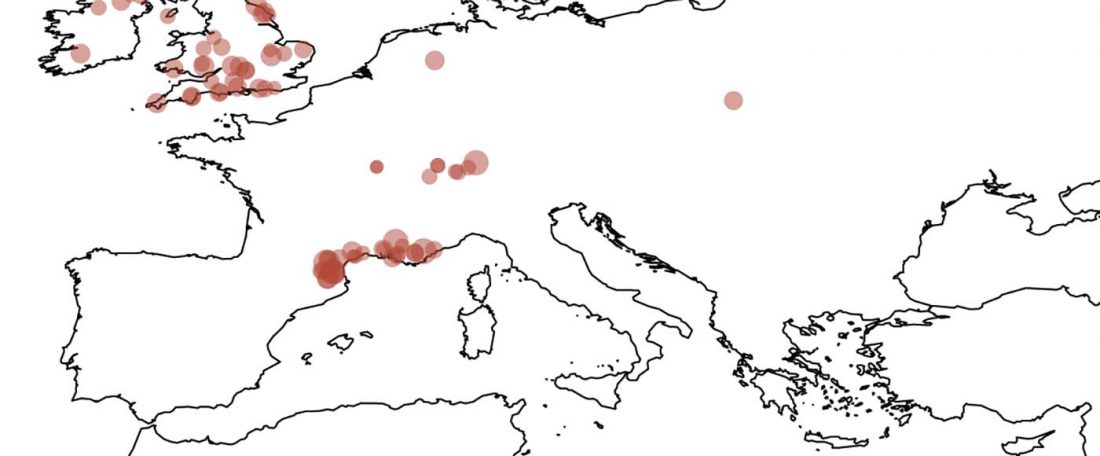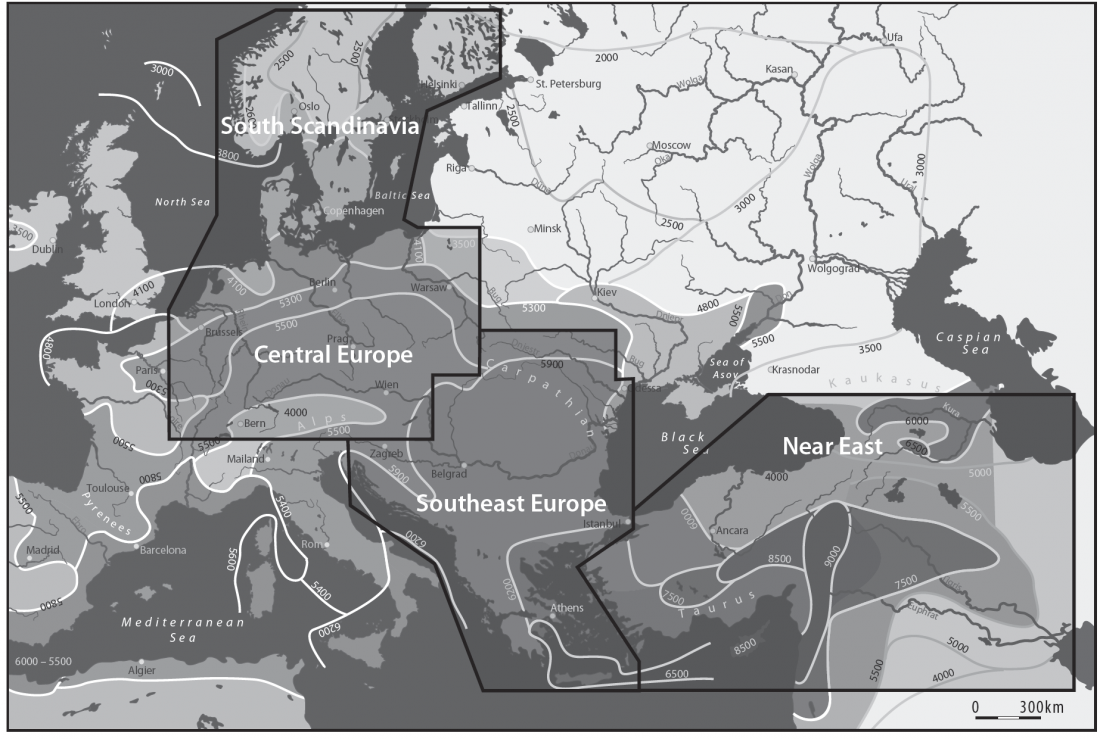Open access On Applications of Space–Time Modelling with Open-Source 14C Age Calibration, by T. Rowan McLaughlin J Archaeol Method Theory (2018).
Abstract (emphasis mine):
… Read the rest “On applications of space-time modelling with 14C age calibration”In archaeology, the meta-analysis of scientific dating information plays an ever-increasing role. A common thread among many recent studies contributing to this has been the development of bespoke software for summarizing and synthesizing data, identifying significant patterns therein. These are reviewed in this paper, which also contains open-source scripts for calibrating radiocarbon dates and modelling them in space and time, using the R computer language and GRASS GIS. The case studies that undertake new analysis


